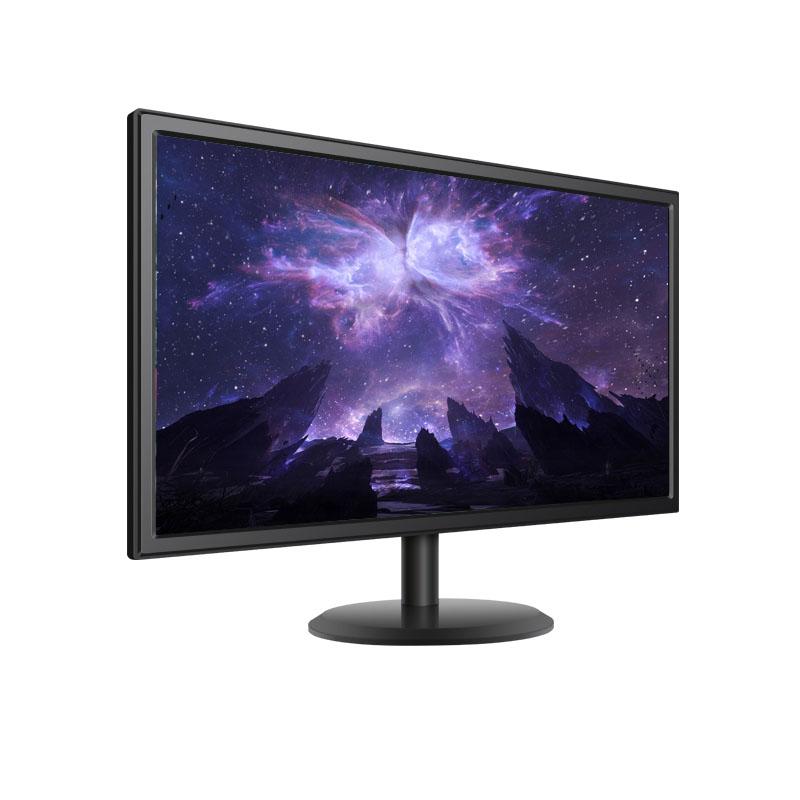For those in need of a reliable display, a 21.5 inch computer monitor with HDMI compatibility stands out as an excellent choice. These monitors deliver crisp images and vibrant colors, making them ideal for both work and entertainment purposes. With the growing reliance on digital connectivity, having an HDMI option ensures compatibility with various devices, enhancing both functionality and versatility.
Many users find that the size is perfect for smaller workspaces or for dual-monitor setups. Its compact nature does not compromise performance, making it suitable for tasks ranging from graphic design to streaming videos. The combination of size and HDMI support makes these monitors a practical option for everyday use.
The market offers a range of features including adjustable stands, built-in speakers, and various resolutions, giving consumers ample choice to suit their preferences. Investing in a 21.5 inch computer monitor HDMI can significantly improve productivity and viewing experiences, allowing users to enjoy both work and play seamlessly.
Features and Specifications
This section covers essential details about 21.5-inch computer monitors, focusing on their screen size, resolution, display technology, connectivity options, and ergonomic designs. Specific features play a vital role in determining the monitor's performance and user experience.
Screen Size and Resolution
The 21.5-inch screen is a common choice for both home and office environments. It typically offers a resolution of 1920 x 1080 pixels (Full HD), providing sharp and clear images for everyday tasks.
Some models may support higher resolutions such as 2560 x 1440 (QHD), which enhances clarity and detail for graphic design or video editing.
A high pixel density is crucial for text clarity and visual comfort, especially during extended use. Choosing a monitor with adjustable screen settings can also improve viewing angles and reduce eye strain.
Panel Types and Display Technology
Common panel types for 21.5-inch monitors include IPS, VA, and TN panels.
- IPS (In-Plane Switching) panels are known for wide viewing angles and accurate color reproduction, making them suitable for creative work.
- VA (Vertical Alignment) panels typically offer deeper blacks and better contrast, ideal for movie watching.
- TN (Twisted Nematic) panels provide faster response times, which can be beneficial for gaming, but usually at the cost of color accuracy.
Some monitors utilize LED-backlighting to enhance brightness and energy efficiency, while others may feature OLED technology for superior contrast and color depth.
Connectivity Options
Connectivity is crucial for compatibility with various devices. Most 21.5-inch monitors feature multiple input options, including:
- HDMI
- DisplayPort
- VGA
- USB ports
HDMI is standard for connecting to PCs, laptops, and consoles, supporting both video and audio output.
Some models also include built-in USB hubs, allowing users to connect peripherals directly to the monitor. Checking for multiple ports can provide flexibility for users with various systems.
Adjustability and Ergonomics
Ergonomics plays an essential role in user comfort. Many 21.5-inch monitors come with adjustable stands that offer tilt and height adjustments.
These features help users find the most comfortable viewing angles, reducing the risk of neck and eye strain.
Some monitors also provide VESA compatibility for wall mounting, further enhancing desk space and flexibility.
A flicker-free display and blue light filter may also be included in some models to promote eye health during long usage sessions.
Buying Guide
When purchasing a 21.5-inch computer monitor with HDMI, several factors need careful consideration. Identifying specific usage needs, ensuring compatibility with devices, and comparing prices are essential steps for making an informed decision.
Determining Usage Needs
Identifying the primary purpose of the monitor is crucial. For basic tasks like browsing or office applications, a standard Full HD monitor suffices. For gaming or media consumption, features such as a higher refresh rate and adaptive sync technologies become important.
Assess the workspace setup as well. If space is limited, a monitor with adjustable stands or wall-mount capabilities is preferable. Consider additional features like blue light filters or anti-glare coatings for enhanced comfort over long working sessions.
Compatibility with Devices
Compatibility is vital when selecting a monitor. Ensure it has the necessary HDMI ports that correspond with existing devices, such as laptops, desktops, and gaming consoles. Verify the output resolutions supported by those devices to avoid issues with display quality.
If planners intend to use multiple monitors, check for compatibility with any docking stations or hubs. Additionally, consider whether the desired monitor supports audio over HDMI if integrated sound is a necessity. This feature simplifies setups by reducing the number of cables.
Price Comparison and Budgeting
Budgeting is an important aspect of the buying process. Prices for 21.5-inch monitors can vary widely based on features, brand, and resolution. Setting a specific budget helps narrow down options while ensuring that core needs are met.
Comparing prices across various retailers is beneficial. Online marketplaces often provide customer reviews that contribute valuable insights into product quality and performance. Cost may also differ based on extras, such as extended warranties or accessories.
Creating a spreadsheet to compare features and prices can assist in visualizing the best options within the budget.
